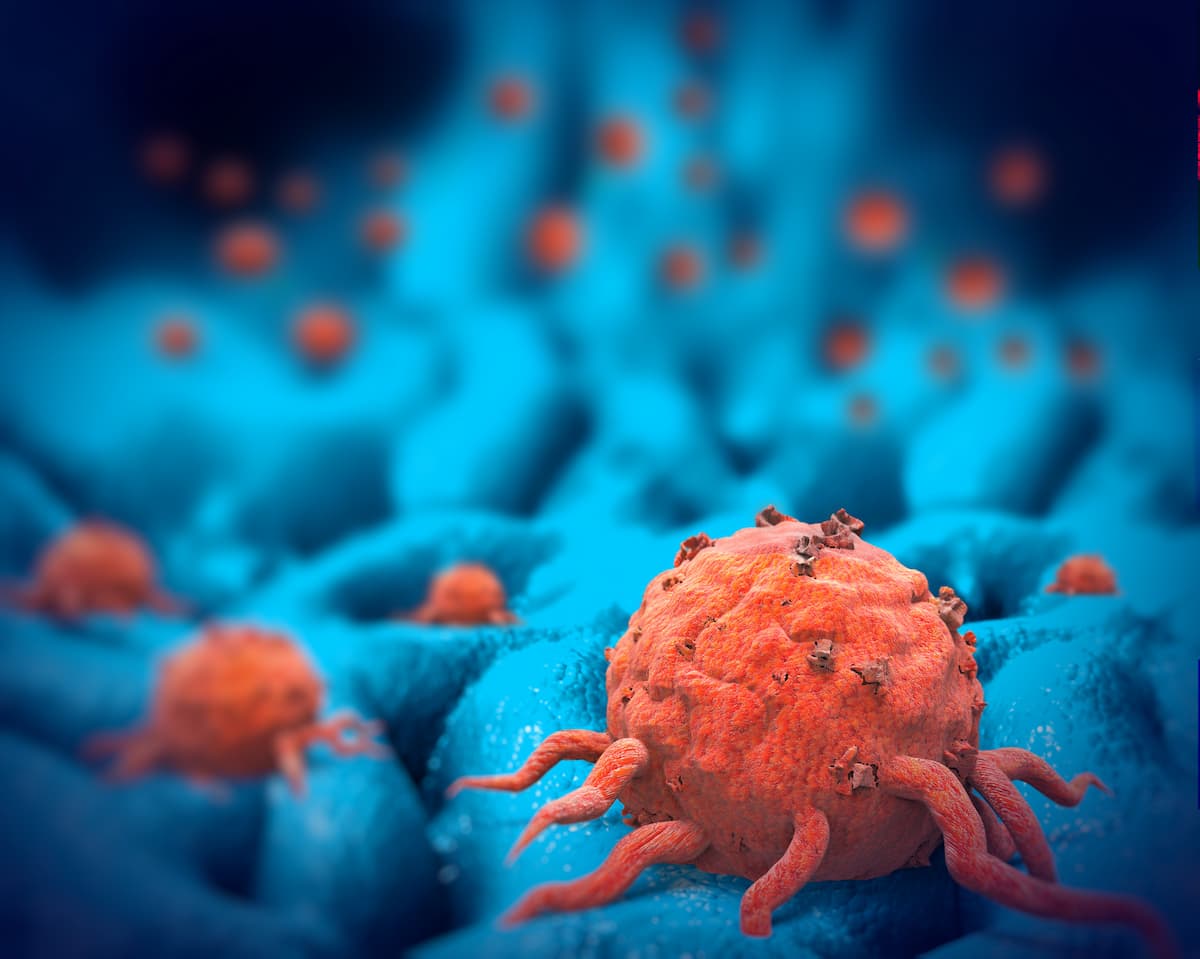Nivolumab May Yield More IRAEs in Those With Cancer Who Have a Higher BMI
In particular, female patients who were considered obese with an advanced malignancy seem to have a higher incidence of high-grade immune-mediated adverse effects following treatment with nivolumab.
Patients with a high body mass index (BMI) appeared to more frequently experience any-grade immune-related adverse effects (IRAEs) following treatment with nivolumab (Opdivo) monotherapy for advanced cancers compared with those who had normal or lower BMIs, according to findings from a pooled analysis study published in JAMA Oncology.
“The results of this analysis highlight the importance of BMI as a clinical covariate for patients receiving [immune checkpoint inhibitors] and support further evaluation in prospective studies of associations between body composition and patient outcomes during [immune checkpoint inhibitor] treatment,” according to the study authors.

The incidence of any-grade IRAEs following treatment with nivolumab at 3 mg/kg was 70.0% (95% CI, 65.9%-73.8%) for those with obesity, 63.6% (95% CI, 60.3%-66.7%) for those with overweight BMI, and 57.7% (95% CI, 55.0%-60.5%) for those with normal or underweight BMI. Additionally, the incidence rates of grade 3 or 4 IRAEs were 15.8% (95% CI, 12.9%-19.2%), 14.9% (95% CI, 12.6%-17.4%) and 13.4% (95% CI, 11.6%-15.4%) in each respective group.
Among patients receiving nivolumab monotherapy at 3 mg/kg, the incidence of any-grade IRAEs was higher for patients with obesity vs those with normal or lower BMIs (odds ratio [OR], 1.71; 95% CI, 1.38-2.11). However, the incidence of grade 3 or 4 IRAEs did not significantly differ between those with obesity and those with normal or underweight BMIs (OR, 1.21; 95% CI, 0.92-1.61).
“The results of this analysis highlight the importance of BMI as a clinical covariate for patients receiving [immune checkpoint inhibitors] and support further evaluation in prospective studies of associations between body composition and patient outcomes during [immune checkpoint inhibitor] treatment,” the study authors stated.
Investigators of this retrospective pooled analysis included patients enrolled in 14 multi-center CheckMate clinical trials across 8 cancer types. Patients included in the analysis received 3 mg/kg of nivolumab as monotherapy. Moreover the exploratory analyses included patients who were treated 3 mg/kg of nivolumab plus 1 mg/kg of ipilimumab (Yervoy) or 1 mg/kg of nivolumab plus 3 mg/kg of ipilimumab.
Investigators included a total of 3772 patients, 2746 of whom received nivolumab monotherapy at 3 mg/kg, 713 received 3 mg/kg of nivolumab plus 1 mg/kg of ipilimumab, and 313 received 1 mg/kg of nivolumab plus 3 mg/kg of ipilimumab.
In the overall population, the median patient age was 61 years (range, 18-90). In the nivolumab monotherapy arm, the 3 mg/kg of nivolumab plus 1 mg/kg of ipilimumab arm, and 1 mg of nivolumab plus 3 mg/kg of ipilimumab arm, respectively, 68.5%, 72.1%, and65.5% of patients were male.
Common tumor types in the single-agent arm included non–small cell lung cancer (24.9%), metastatic melanoma (18.9%), and renal cell carcinoma (RCC; 14.8%). Moreover, common disease types in each respective combination arm were RCC (83.3%) and metastatic melanoma (100.0%).
Investigators indicated that the likelihood of any-grade IRAEs was higher for patients with obesity vs normal weight or underweight BMIs in subgroups based on age, sex, smoking status, and ECOG performance status. Additionally, there was a higher likelihood of grade 3 or 4 IRAEs for female patients with obesity vs those with normal weight or underweight BMIs (OR, 1.73; 95% CI, 1.07-2.79).
In terms of geographic regions, ORs for any-grade or grade 3 and 4 IRAEs were consistent with those observed in the overall population excluding a higher probability of grade 3 or 4 IRAEs for patients from Europe with obesity vs normal weight or underweight BMIs (OR, 1.56; 95% CI, 1.01-2.40).
Exploratory analyses highlighted an upward trend in any-grade IRAEs with increasing BMI for patients in the 3 mg/kg of nivolumab plus 1 mg/kg of ipilimumab cohort. In this cohort, the IRAE incidence rates were 82.3% (95% CI, 76.8%-87.0%) for patients with normal or underweight BMIs, 85.2% (95% CI, 80.5%-89.2%) for those overweight BMIs, and 88.0% (95% CI, 82.7%-92.2%) for those with obesity. However, no trend was observed with regard to high-grade IRAEs in patients with obesity.
Investigators noted that the probability of IRAEs in the 1 mg/kg of nivolumab plus 3 mg/kg of ipilimumab cohort did not increase with higher BMIs.
Reference
McQuade JL, Hammers H, Furberg H, et al. Association of body mass index with the safety profile of nivolumab with or without ipilimumab. JAMA Oncol. 2023;9(1):102-111. doi:10.1001/jamaoncol.2022.5409